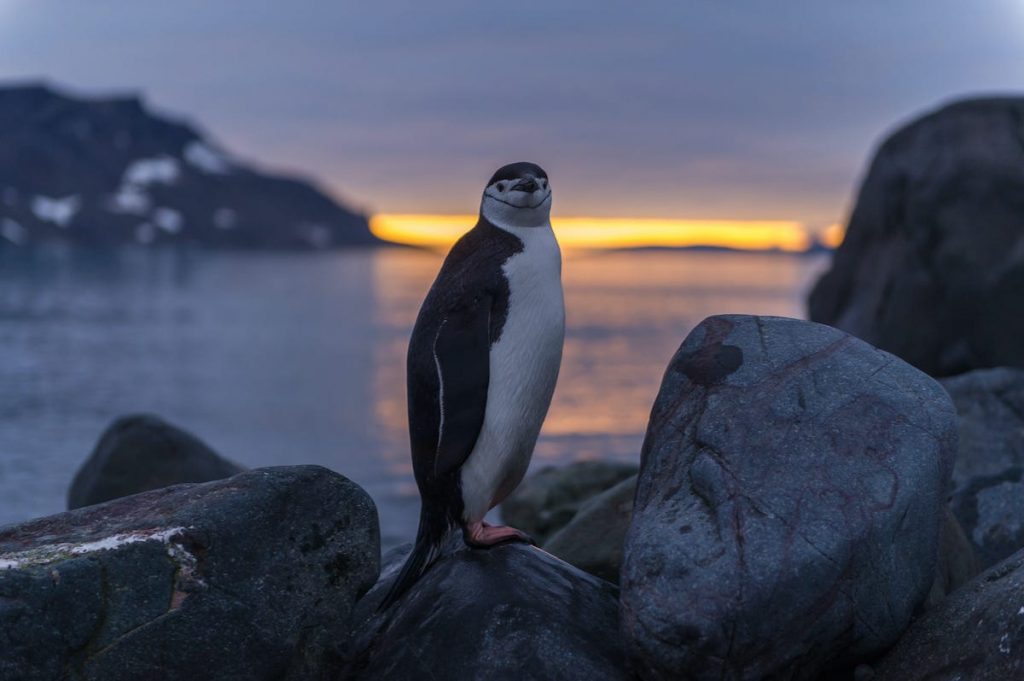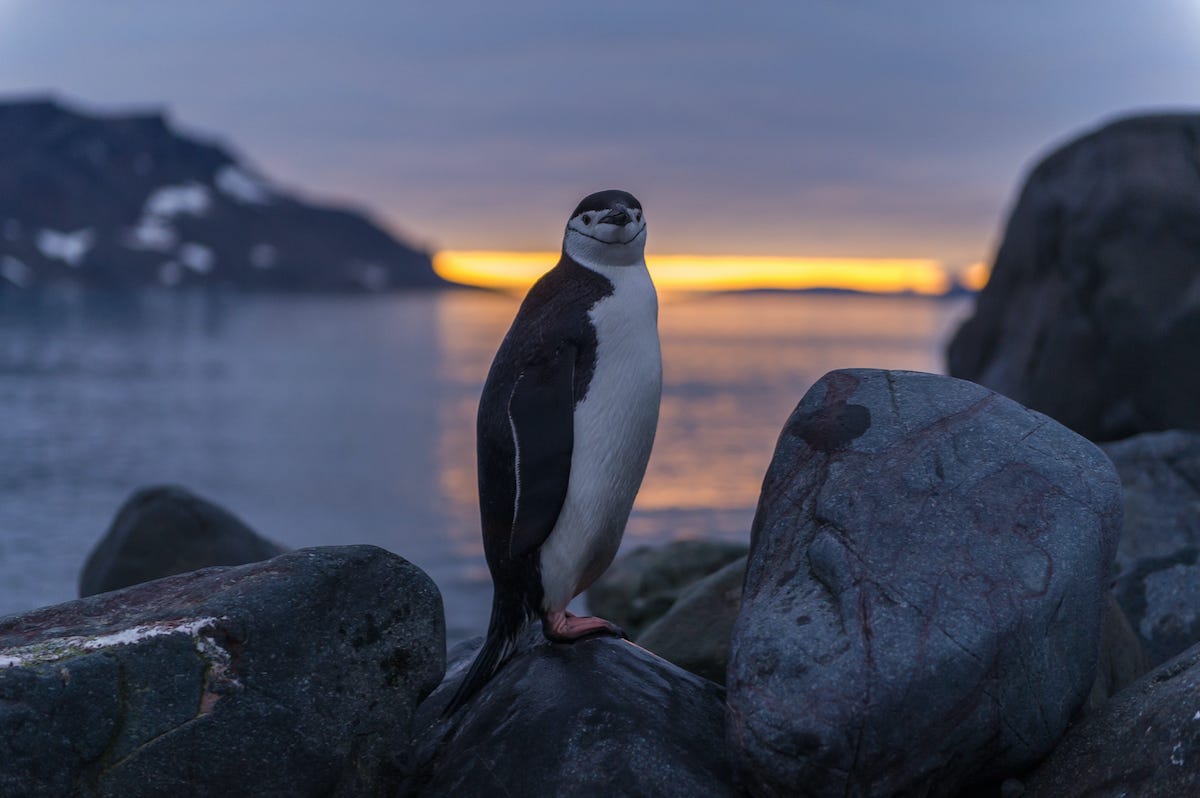
- Half of plant and animal species could be threatened if global temperatures rise 4 degrees Celsius.
- A new climate report warns of mass extinctions of animals, including polar bears and penguins.
- Up to 14% of land species could face a high risk of extinction if global temperatures rise less than half of a degree.
Hundreds of species have been wiped out by extreme heat or warming oceans, but few global animal extinctions have been directly linked to climate change.
In 2009, a combination of sea-level rise and storm surge in the Great Barrier Reef led to the disappearance of the Bramble Cay mosaic-tailed rat. Seven years later, the species became the first mammal to go extinct due to human-induced climate change.
The world can expect many more climate-related extinctions in coming decades if global temperatures continue to rise. That's according to a report released Monday by the Intergovernmental Panel on Climate Change, a UN body that summarizes years of research on the climate crisis.
If global temperatures reach 4 degrees Celsius above pre-industrial levels — a scenario that assumes very high levels of greenhouse gas emissions — half of our plant and animal species could be threatened, according to the report. At that level of warming, the world could see mass mortalities and extinctions that permanently alter rainforests, kelp forests, and tropical coral reefs.
Even if global temperatures reach 1.5 degrees Celsius, the report found, up to 14% of land species could face high risk of extinction. Human-caused emissions have already led the planet to warm by 1.1 degrees Celsius in the last 170 years, last year's portion of the IPCC report found.
Under 2 degrees of warming, up 18% of land species could be at high risk of extinction. That risk rises to up to 29% under 3 degrees of warming, up to 39% at 4 degrees, and up to 48% at 5 degrees.
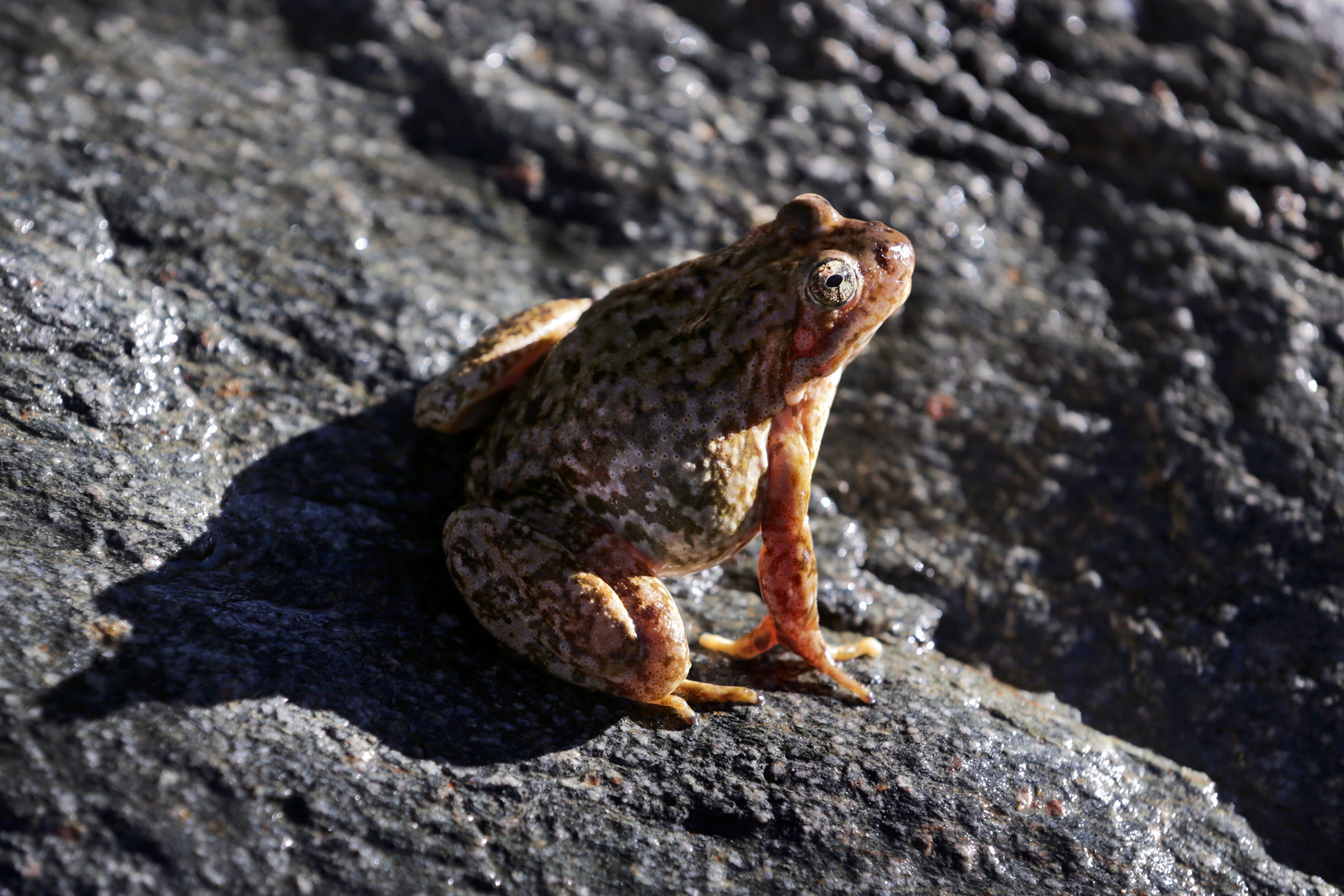
Invertebrate species face one of the highest risks of extinction from mid-levels of warming (3.2 degrees Celsius), according to the report. Under this scenario, 15% of invertebrates — including 24% of salamanders and 11% of amphibians — could go extinct.
No matter what happens to global temperatures, the report said, the extinction of species is an irreversible impact of climate change.
Arctic penguins, seals, and polar bears are at risk of extinction
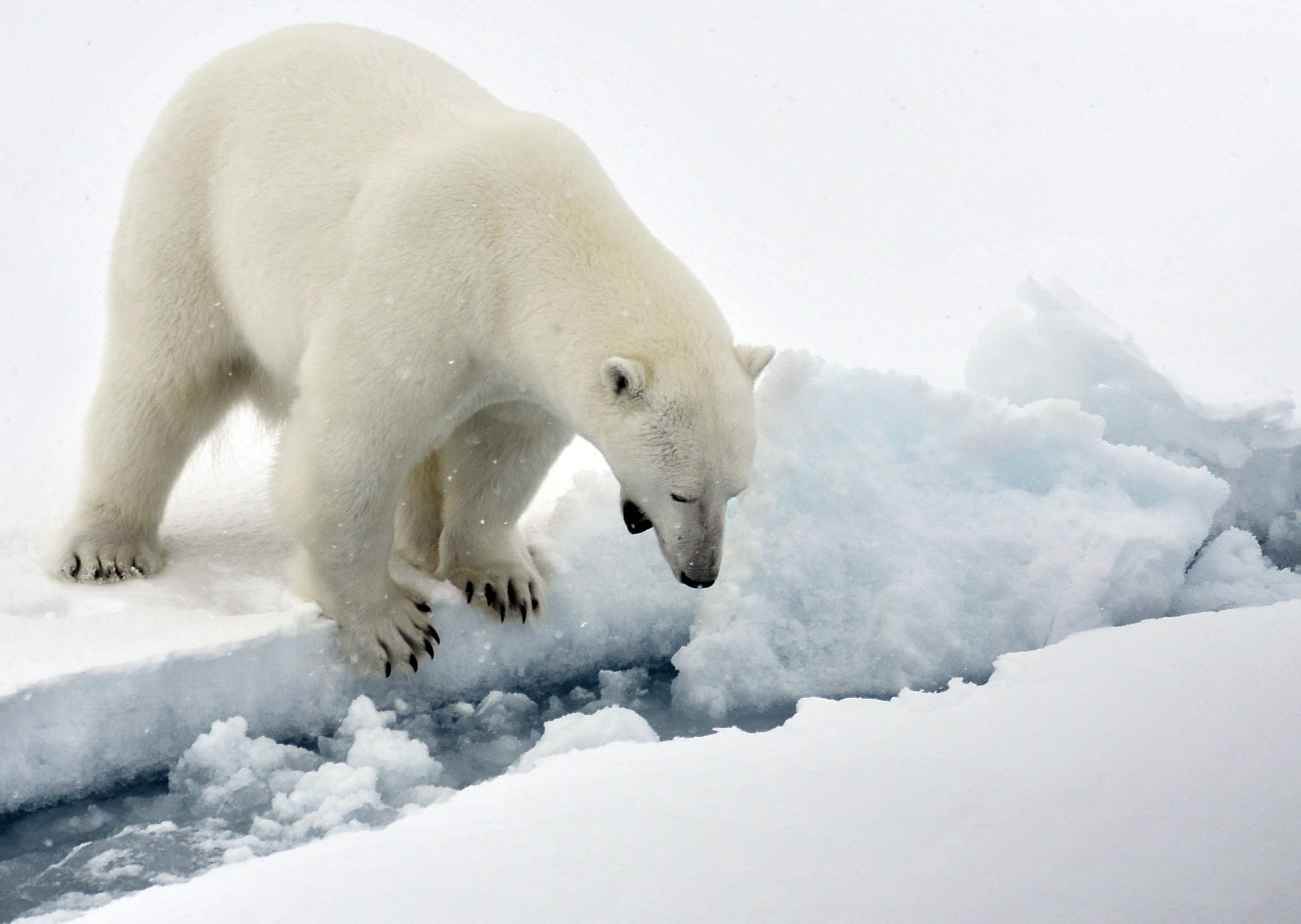
Species in cold areas, including high mountains or polar regions, face a particularly high extinction risk.
Arctic animals such as penguins, seals, and polar bears would be seriously threatened by 2 degrees of warming or less, according to the report. The animals have evolved to live on sea ice, which is rapidly retreating due to rising temperatures. The report predicts that sea ice will completely disappear in summertime within the next century.
That means some Arctic animals could go extinct in coming decades, unless they're moved to new locations.
But relocating animals to foreign habitats is tricky: For instance, moving polar bears to Antarctica could lead them to prey on local penguin populations there. In some cases, animal species may need to be moved to zoos to keep them from dying out.
Tropical areas face their own threats, such as heatwaves destroying coral reefs and mangroves. Up to 90% of tropical coral reefs could be lost by mid-century under 1.5 degrees of warming, the report found, while the reefs could go entirely extinct under 2 degrees of warming.
Animal extinctions could threaten human health, too
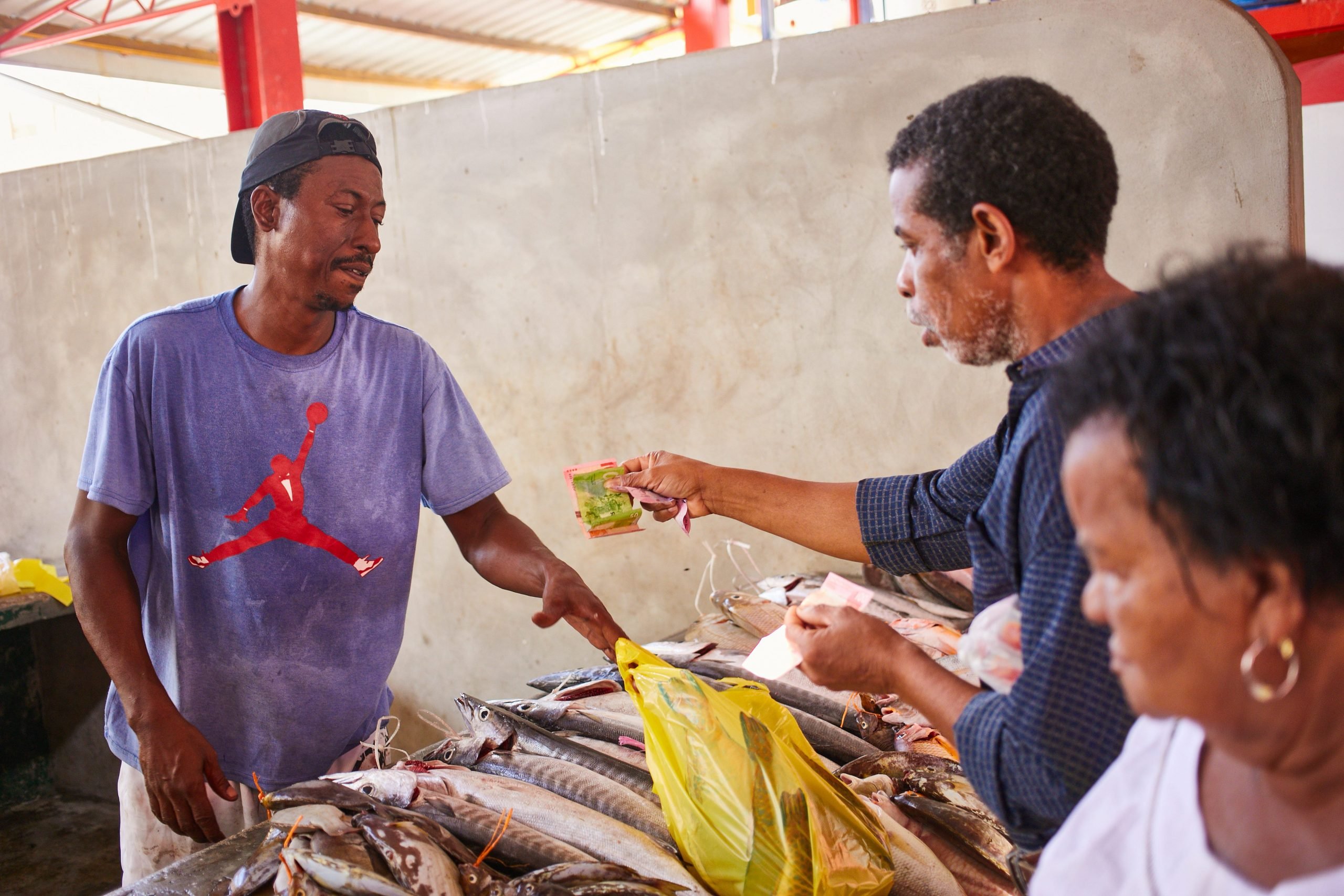
In some cases, the extinction of animal species can topple entire ecosystems.
Ecosystems depend on biodiversity — a variety of plants, animals, and other organisms — to protect them from pollution, extreme weather, and temperature shifts. But if one species dies out, it makes it harder for others to survive. Loss of biodiversity can, in turn, lead to crop failure and water scarcity, according to the report.
Just a half-degree of additional warming could mean the difference between whether a species stays alive or not.
The IPCC authors found that the extinction risk for local species in biodiversity hotspots could double between 1.5 degrees and 2 degrees of warming, and increase at least 10-fold from 1.5 degrees to 3 degrees.
The death of animal species has consequences for humans, too.
More than 400 million people in Africa and Asia depend on fisheries for protein. Even if warming doesn't exceed 1.6 degrees, fisheries in Africa's tropical regions could lose up to 41% of their yield by the end of the century due to the extinction of local marine fish.
Commonly consumed fish like sardines and herring could also face extinction as oceans warm.
"This matters for human well-being as well," David Dodman, a lead author of the report and director of human settlements at the International Institute for Environment and Development, told Insider.
"So many people around the world still rely on very close interactions with natural ecosystems to provide them with food and to provide them with livelihoods."
